HVAC Monitoring
In today's world, where we are more and more aware of energy usage, the way we manage our HVAC (Heating, Ventilation, and Air Conditioning) systems has become a crucial focus.
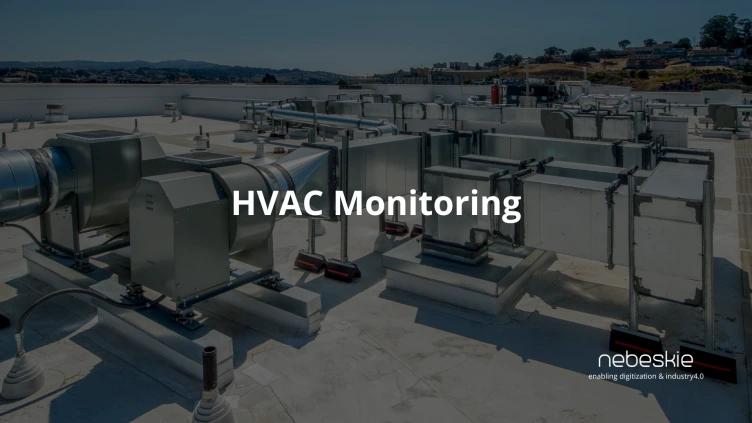
HVAC systems are crucial in both industrial facilities and commercial buildings,It serving as the backbone of indoor comfort and productivity. In the commercial sector, the significance of HVAC systems is underscored by the fact that comfortable temperatures and good indoor air quality enhance employee productivity, contributing to a potential increase of up to 12% in work efficiency.
Global energy consumption, with commercial buildings responsible for about 40% of worldwide energy use. This in turn, leads to a significant environmental impact, contributing to one-third of global greenhouse gas emissions. Energy costs for commercial buildings can represent up to 30% of total operating expenses. Implementing energy-efficient HVAC solutions becomes imperative, not only for cost savings but also for environmental sustainability. In the industrial sector, where energy use accounts for around 37% of the global total, HVAC systems are crucial not only for maintaining worker comfort but also for efficient manufacturing processes. Inefficient HVAC systems can result in significant energy waste. Implementing energy-efficient HVAC and process heating/cooling systems can reduce energy consumption in industries by 20% to 50%.
- HVAC systems typically account for 40-60% of a commercial building's total energy consumption, making them a significant contributor to energy bills.
- It's estimated that HVAC systems in commercial buildings waste 20-30% of the energy they consume due to inefficiencies.
- Reactive maintenance of HVAC systems can cost 12-18% more than predictive maintenance through monitoring and timely repairs.
- In a study, residential and commercial buildings account for about 40% of total energy consumption and greenhouse gas emissions, with HVAC systems playing a significant role.
- Implementing HVAC monitoring and control systems can result in energy cost reductions of 15-25% for commercial buildings.
HVAC monitoring operates an array of sensors. These sensors continuously gather data related to environmental conditions, system performance, and energy consumption, transmitting this information to a central control unit, often called a Building Management System (BMS) or Energy Management System (EMS). The control unit, equipped with sophisticated algorithms, analyzes this data in real-time, detecting patterns, anomalies, and trends. If deviations from established norms or critical issues are identified, the system triggers alerts and notifications, allowing for timely intervention by facility managers. Moreover, many HVAC monitoring systems offer the capability to make automated adjustments to system settings, based on the analyzed data, for optimized performance and energy efficiency. The system stores data for historical analysis, enabling long-term trend tracking and data-driven decisions for maintenance and optimization.
IoT technology plays a crucial role in HVAC monitoring by enabling the seamless integration of various sensors, devices, and systems, creating a smart and data-driven approach, ventilation, and air conditioning. IoT devices, such as sensors, can be strategically placed throughout HVAC systems to collect real-time data on temperature, humidity, air quality, and equipment performance. This data is then transmitted to a central control unit or cloud-based platform for analysis. Through IoT connectivity, this information can be accessed remotely, allowing facility managers to monitor and control HVAC systems from anywhere, enhancing convenience and flexibility. Moreover, IoT-driven HVAC monitoring systems analytics algorithms to make data-driven decisions, automatically optimizing system settings for energy efficiency, predictive maintenance, and occupant comfort. IoT in HVAC monitoring not only provides real-time insights and immediate issue detection but also empowers users with the ability to respond proactively to changing conditions and ultimately save energy and resources. This interconnected and intelligent approach to HVAC monitoring is a cornerstone of energy-efficient and responsive building management systems.
Enture is an adaptable, system-agnostic platform that seamlessly connects with current and future systems. It enables seamless Data integration for analytics and operates with multiple OEM companies which makes it a highly scalable and fault-tolerant platform for IIoT applications. It is interoperable across OT and IT infrastructure and supports multiple OT and IT protocols along with all security auth types. As a no code interface, the Enture dashboard provides high level of customization, custom reporting and analytics tool.
Enture is an adaptable, system-agnostic platform that seamlessly connects with current and future systems. It enables seamless Data integration for analytics and operates with multiple OEM companies which makes it a highly scalable and fault-tolerant platform for IIoT applications. It is interoperable across OT and IT infrastructure and supports multiple OT and IT protocols along with all security auth types. As a no code interface, the Enture dashboard provides high level of customization, custom reporting and analytics tool.
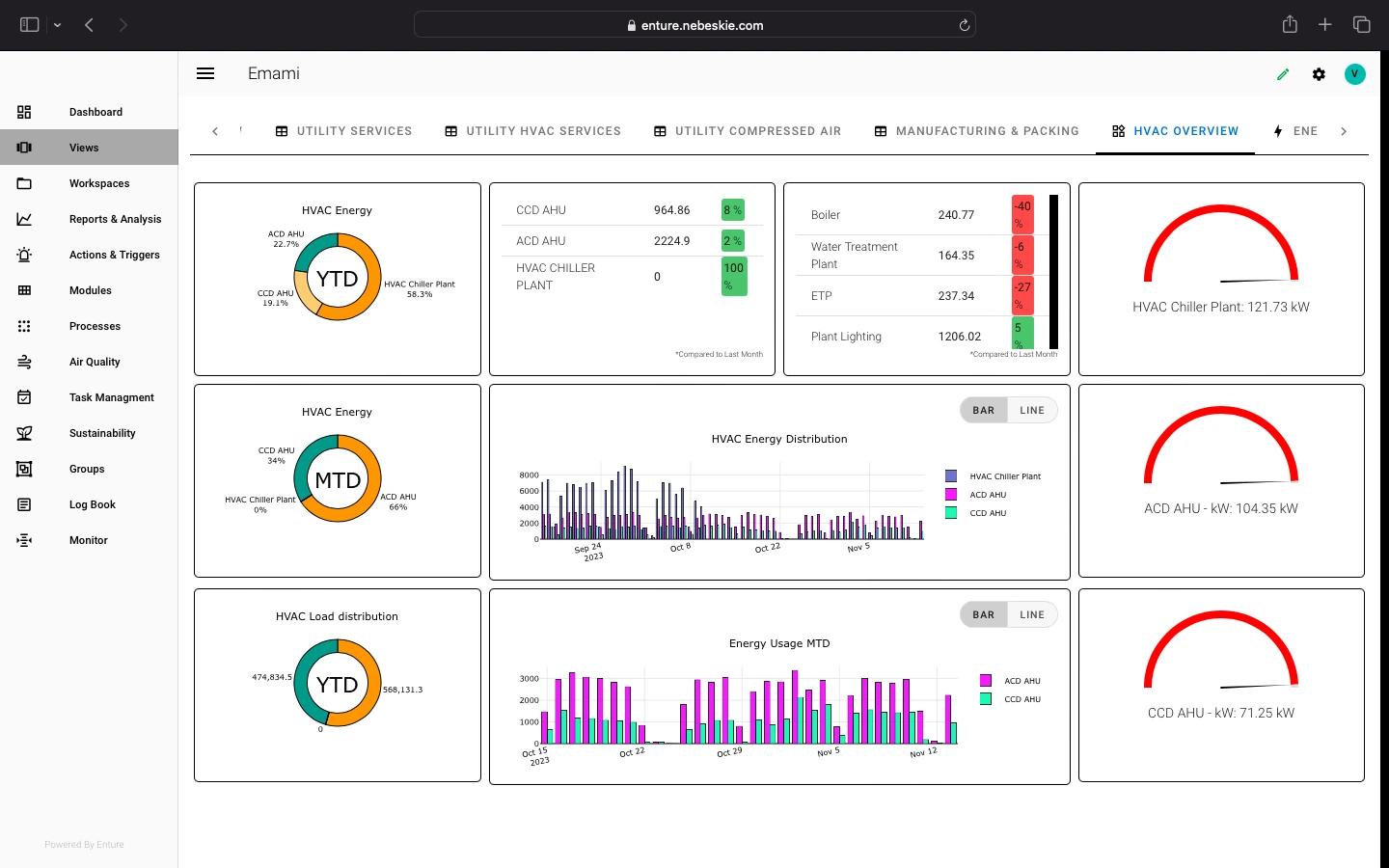
- 1. Real-Time data of HVAC
- 2. Customized report generation
- 3. Smart alarms and Notification
- 4. Assets health and condition monitoring
- 5. Scheduled report generations based on specific requirement
- 6. Logbook to capture event details with timestamped data
- 7. API integration with other IT or ERP system
- 8. No Code interface for Parameters configuration
- 9. Multiple site access in one dashboard
- 10. Multi-tenant view at an organization level
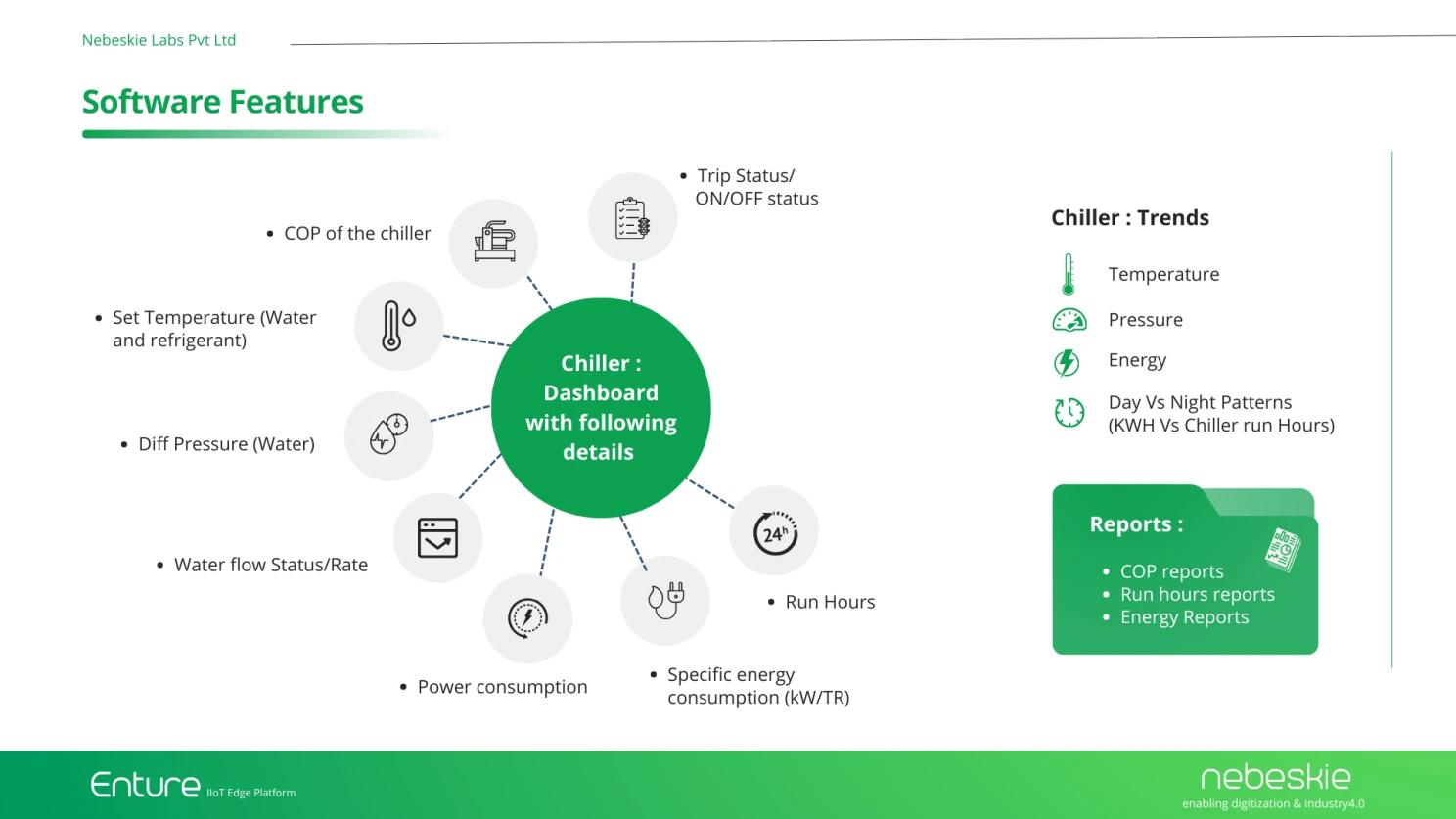
- 11. Monitoring of parameters of Chiller operations giving direct benefit to customer in terms of optimizing Chiller operations
- 12. Giving feedback to maintenance team about various set parameters
- 13. Monitoring and controlling AHU based on the ambient conditions
- 14. Monitoring Occupancy level at the work stations by monitoring the CO2 level
We, Nebeskie Labs are enabling organizations with digitization and Industry4.0. Our IIoT Edge Platform - Enture seamlessly integrated Operation Technology (OT) with Information Technology IT, bringing data to one place for analysis.
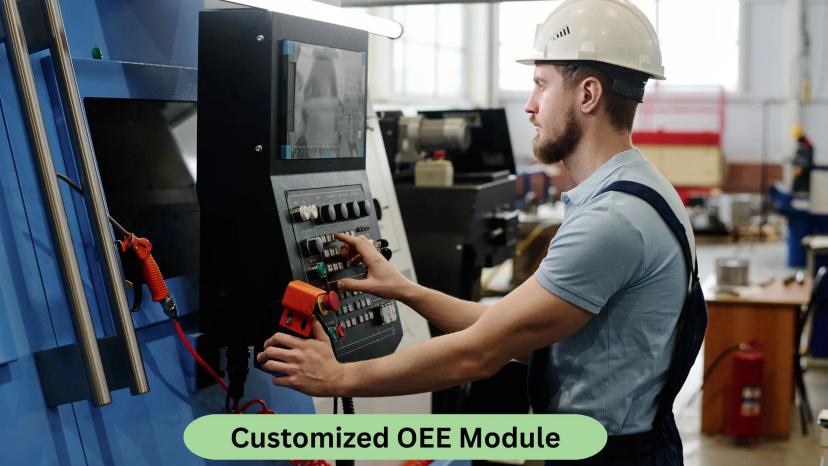
How OEE Software Can Be Customized for Different Types of Manufacturing Equipment
Customizing OEE software for various manufacturing equipment involves tailoring its features, integrations, and data processing capabilities to suit the unique requirements of specific equipment types and manufacturing processes...
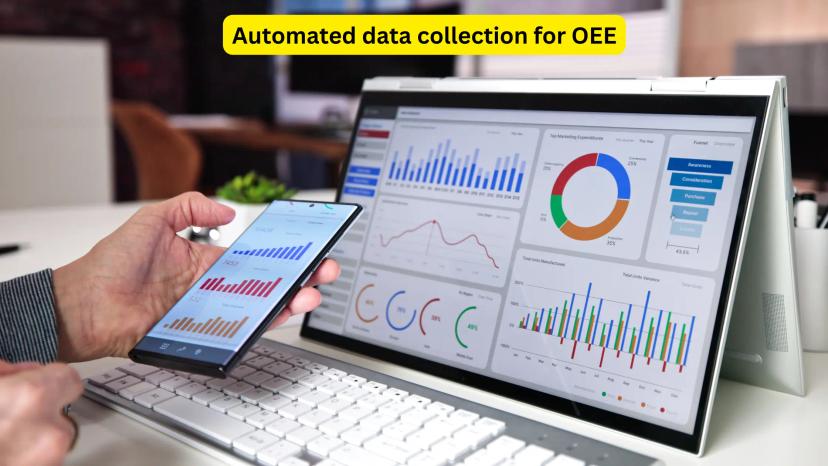
How can OEE software automate data collection from different machines
OEE software automates data collection from different machines by leveraging advanced technologies and standardized protocols to ensure seamless and accurate data acquisition...

How OEE Differs Across Various Industries
Overall Equipment Effectiveness (OEE) is a versatile metric, but its application and benchmarks vary significantly across industries due to differences in operational processes, equipment types, and industry-specific challenges...

Common Challenges in Implementing OEE Metrics
Implementing Overall Equipment Effectiveness (OEE) metrics can be transformative for manufacturing efficiency, but it comes with several challenges...
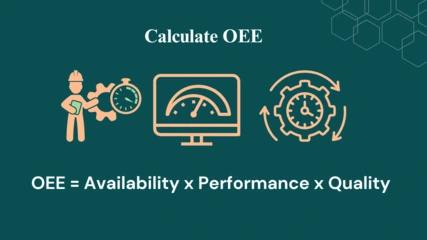
How can OEE be used to improve manufacturing efficiency
Overall Equipment Effectiveness (OEE) can significantly improve manufacturing efficiency by identifying inefficiencies, reducing waste, and optimizing production processes...
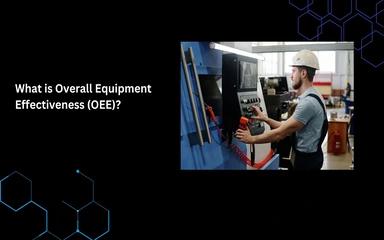
Overall Equipment Effectiveness (OEE)
Overall Equipment Effectiveness (OEE) is a standard metric used to evaluate the efficiency and productivity...
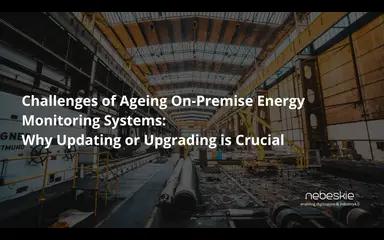
Challenges of Ageing OnPremise Energy Monitoring Systems
Energy management has become more critical in today's fast-paced industrial and commercial environments...
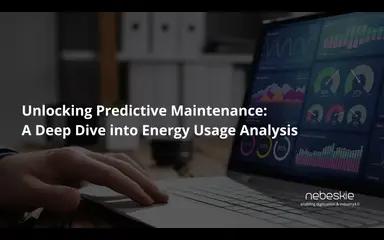
Unlocking Predictive Maintenance A Deep Dive into Energy Usage Analysis
In today's fast-paced world, where energy consumption directly correlates with operational efficiency...

Cybersecurity in Digitized Factories: Protecting the Future of Manufacturing
As factories worldwide embrace digital transformation, they become increasingly connected and automated...
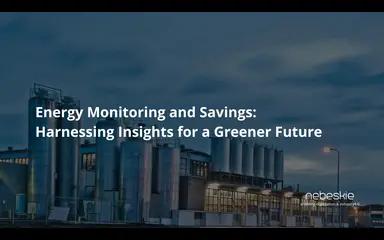
Energy Monitoring & Savings: Harnessing Insights
In an era where sustainability has become a keystone for responsible living and environmental stewardship...
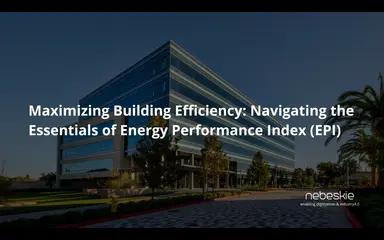
Maximizing Building Efficiency: Navigating the Essentials of EPI
Energy efficiency is crucial in today's built environment, not just for cost savings but also for environmental sustainability...
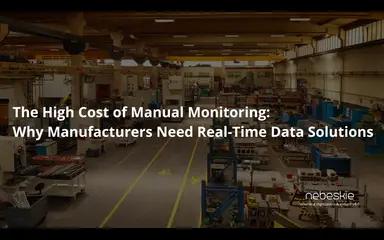
The High Cost of Manual Monitoring: Manufacturers Need Real-Time Data Solutions
In today's rapidly advancing world, 99% of factories and large commercial buildings ...
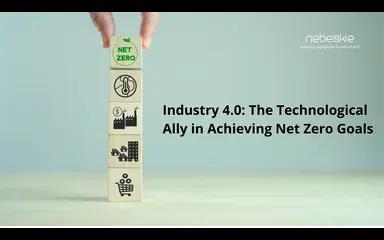
Industry 4.0: The Technological Ally in Achieving Net Zero Goals
The industrial sector is a significant contributor to worldwide greenhouse gas (GHG) emissions...
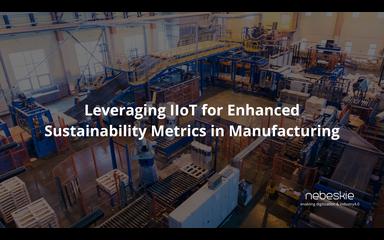
Leveraging IIoT for Enhanced Sustainability Metrics in Manufacturing
Sustainability has become a vital part of the contemporary manufacturing industry. The Industrial Internet of Things (IIoT)...

Navigating the Path to Net Zero: Harnessing Digitization for Sustainable Transformation
As the world grapples with the urgency of climate change, the concept of achieving net zero emissions...
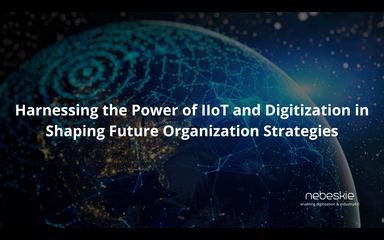
Harnessing the Power of IIoT and Digitization in Shaping Future Organization Strategies
The Industrial Internet of Things (IIoT) is revolutionizing how businesses operate, offering unprecedented...

Carbon Border Adjustment Mechanism (CBAM)
The Carbon Border Adjustment Mechanism aims to mitigate carbon leakage by imposing a carbon price on ...
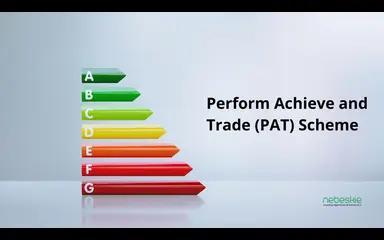
PAT Scheme
The National Mission for Enhanced Energy Efficiency (NMEEE) is one of the eight missions under the National ...
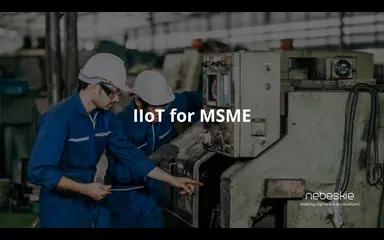
IIoT for MSME
In the era of Industry 4.0, technological advancements are transforming the way businesses operate...
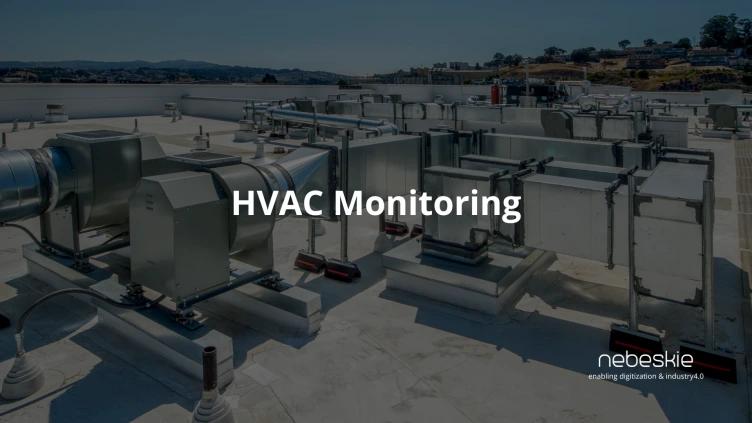
HVAC Monitoring
In today's world, where we are more and more aware of energy usage, the way we manage our HVAC (Heating, Ventilation, and Air Conditioning) ...

Sustainability Certifications and Digitization
India is aiming to be Net Zero by 2070, Government of India has a huge push towards “Green Growth” by providing a budget of INR 35,000 cr...

ESG Reporting
Environmental, Social and Governance or ESG, are a set of data and principles used to evaluate how an organization’s behavior is impacting society and the environment, and the standards to which it is governed...
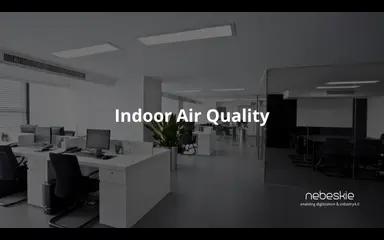
Indoor Air Quality
On average, a person spends 90,000 hours at work over a lifetime, roughly 10.2 years. And in the hustle and bustle of work, it's easy to take the air we breathe in our indoor spaces' comfort for granted...
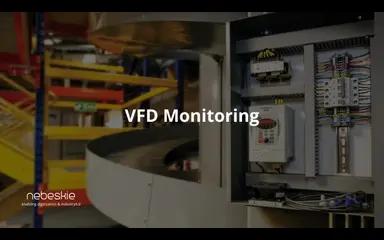
VFD Monitoring
Variable Frequency Drive (VFD) monitoring is a crucial aspect of industrial and commercial where electric motors are widely used. VFDs devices control the speed & torque of electric motors by varying the frequency and voltage...
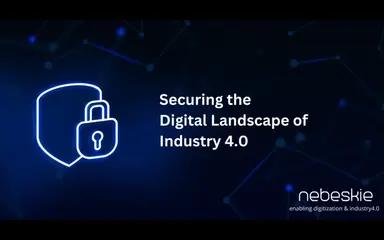
Securing the Digital Landscape of Industry 4.0
The world has been rapidly shifting towards digitalization & automation with the advent of Industry 4.0.
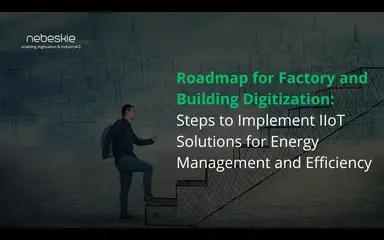
Roadmap for Factory & Building Digitization
For factory and building digitization, outlining the essential steps to successfully implement Industrial Internet of Things (IIoT) solutions for energy management, data-driven maintenance strategies, and overall efficiency...
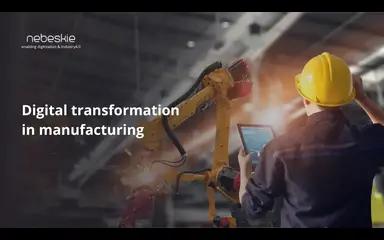
Digital transformation in manufacturing
Digital transformation in manufacturing is the process of integrating digital technologies into all areas of a manufacturing company’s operations and processes to drive more efficient production, reduce costs
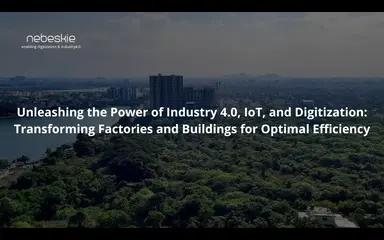
Unleashing the Power of Industry 4.0, IoT, and Digitization
By leveraging cutting-edge technologies, optimize power quality, enhance energy efficiency, streamline management tasks, drive strategic decision-making...
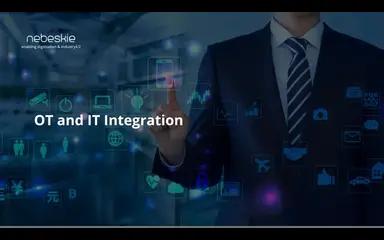
The OT and IT Integeration - Industry 4.0
IIoT enables monitoring of OTs and machinery through the OTs. IIoT. Once the operation, energy, and production data are available, predictive maintenance are implemented to drive efficiency...
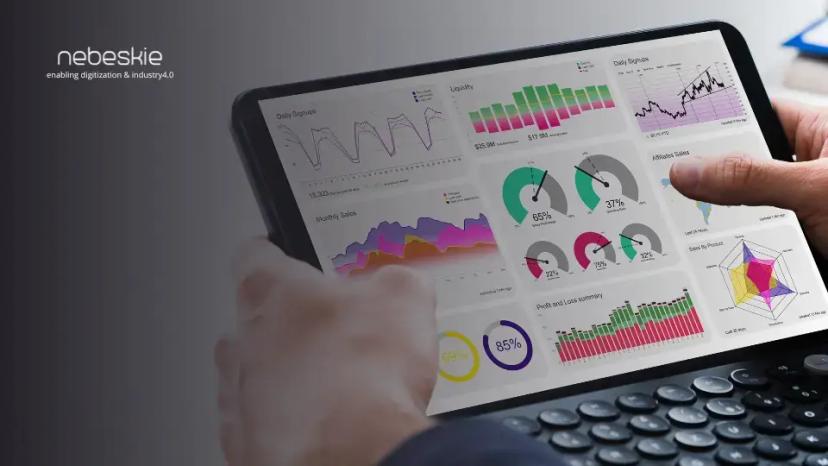
Digitization, Industry4.0 and Predictive Maintenance
IIoT-based predictive maintenance utilizes historical data to make accurate predictions about asset health, utilization, performance, enabling organizations to take action based on this information and data...
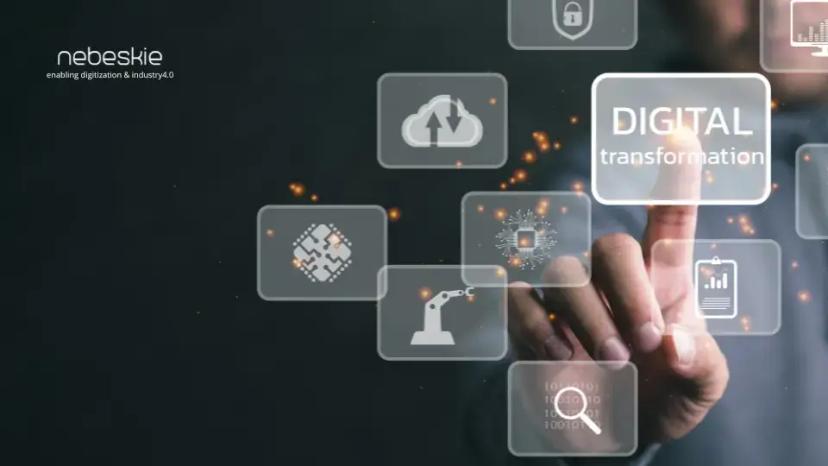
How to implement digitization project successfully?
Digitization is an opportunity to transform your operations to solve your top challenges and meet your business goals; it is not just about upgrading production technology to reduce downtime risks...
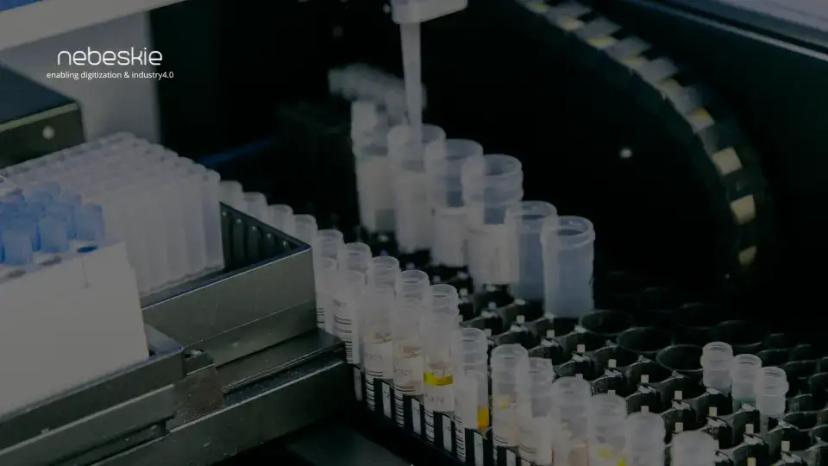
OEE for Pharma Industry
India has the highest number of US-FDA compliant Pharma plants outside of the USA and is home to more than 3,000 pharma companies with a strong network of over 10,500 manufacturing facilities...
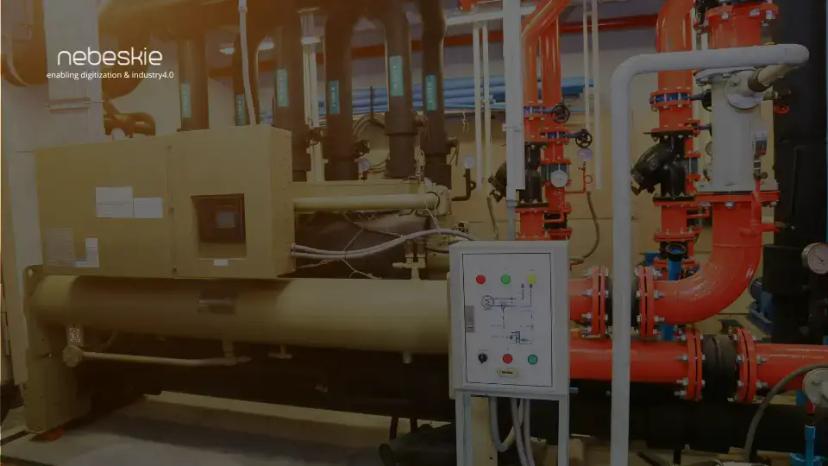
Big bill for bill chill
With better access to data, one can clearly see when their chillers are costing them the most to operate. As well as seeing what is happening, access to data allows the owners of chiller units to detect potential faults...
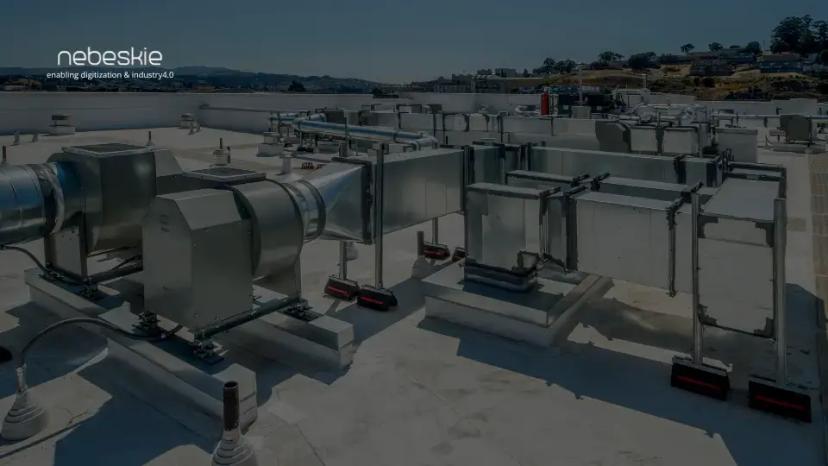
HVAC Monitoring for Systems Integerators Contractors and Domain Experts
Using the IoT to monitor and record HVAC systems helps manufacturers, contractors, system integrators, domain experts, and end-users improve energy efficiency...
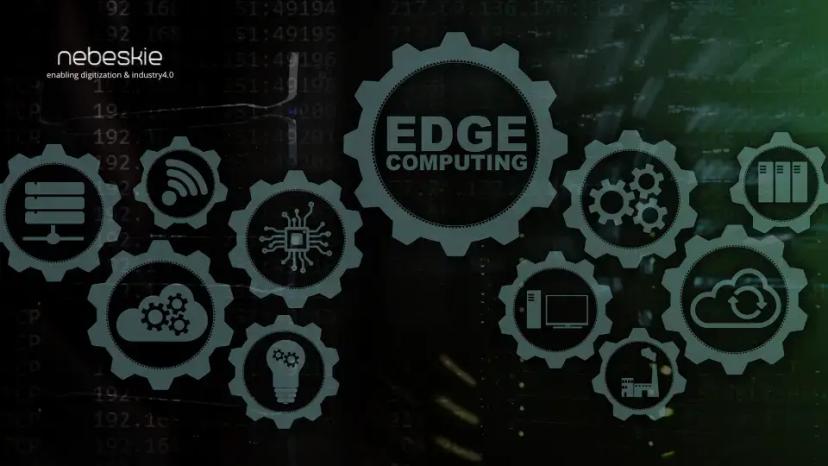
Edge Computing - An essential pillar for Industry 4.0
Edge Computing serves as the bridge to connect the operation technology & the information technology. Top reasons why deploying edge computing is essential for I4.0 or digitization...
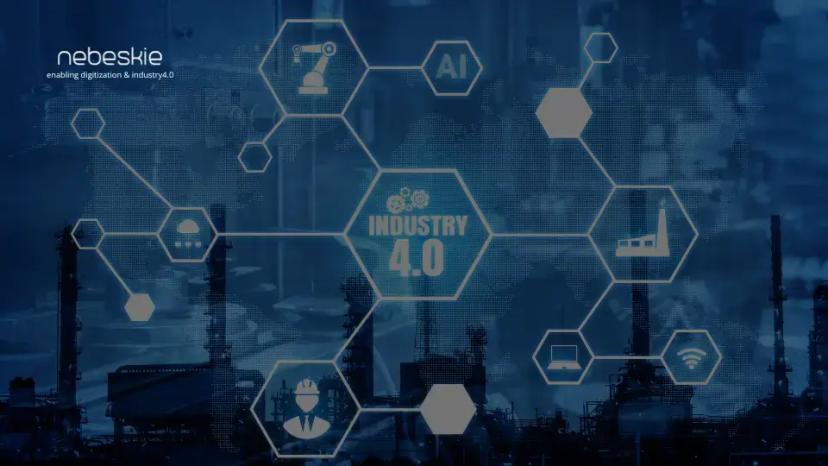
Tips to implement Digitization
The main objective of digitizing factories is to enhance operational visibility with all stakeholders, optimize resource efficiency and productivity, and, ultimately, build better quality products with less cost...

IIoT/I4.0 and Security: Why should you focus on Security?
With the evolution of The Industrial Internet of Things (IIoT) or I4.0, manufacturers will have networks of connected industrial devices working together to monitor...

Importance Of Measuring Power Quality
Power quality monitoring is similar to energy monitoring in which they measure voltage and current. There are much higher processing and computational requirements in order to detect, capture, and measure power quality...
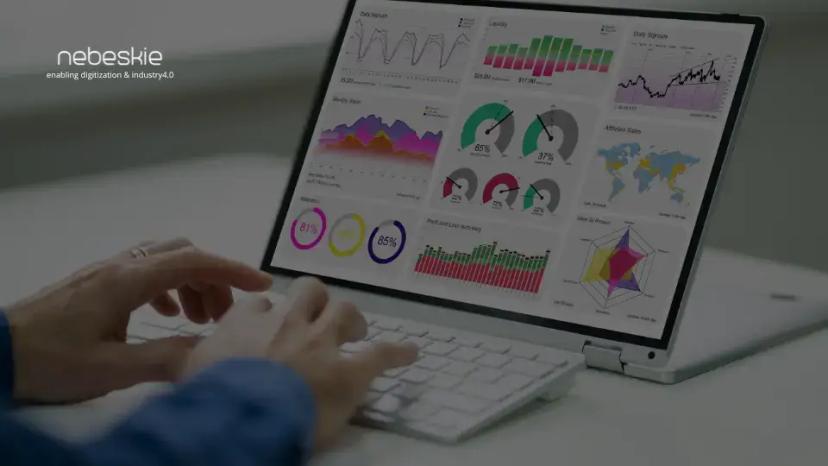
Energy Monitoring is primarily a management technique
Energy monitoring and targeting is an approach in energy management to eliminate waste, reduce current level of energy use and optimize existing operation efficiency...
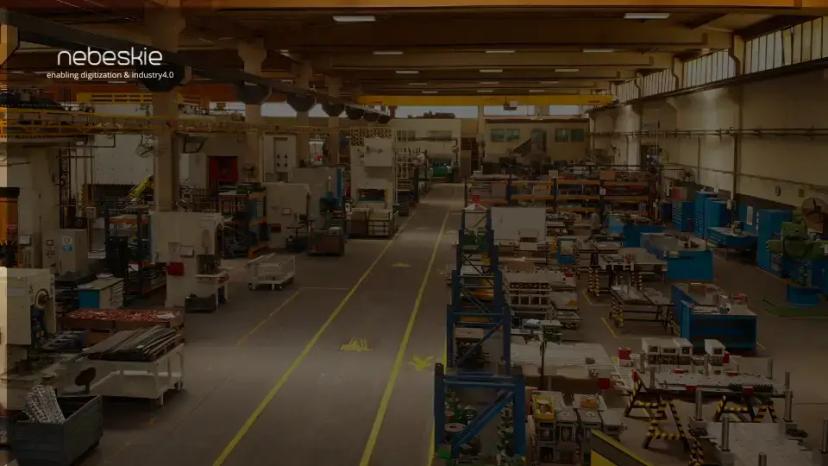
Industry 4.0 for Small and Medium Enterprise (SMEs)
In a highly competitive market, the greatest challenge for all MSMEs is to address the needs of the end customer, while keeping costs down...
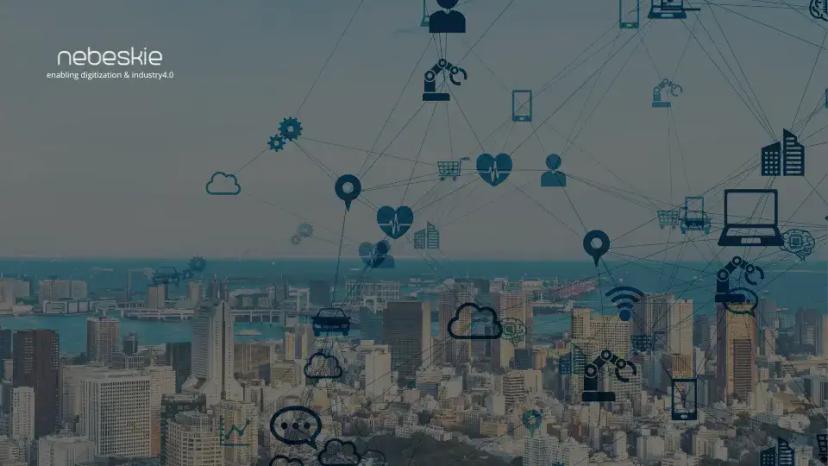
IoT and Predictive Maintenance - Make Your Buildings Energy Efficient
IoT enabled predictive maintenance strategies apart from preventing unexpected equipment failures can also improve the energy efficiency.
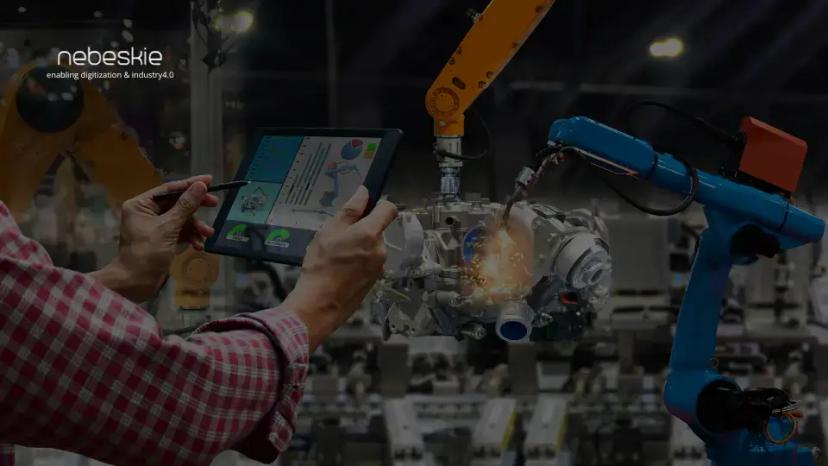
Industry 4.0 & Digitization for efficiency
Digitization transforms business processes to drive profitability and efficiency. It ensures higher efficiency, lower operating costs, and better control of business operations for the companies...
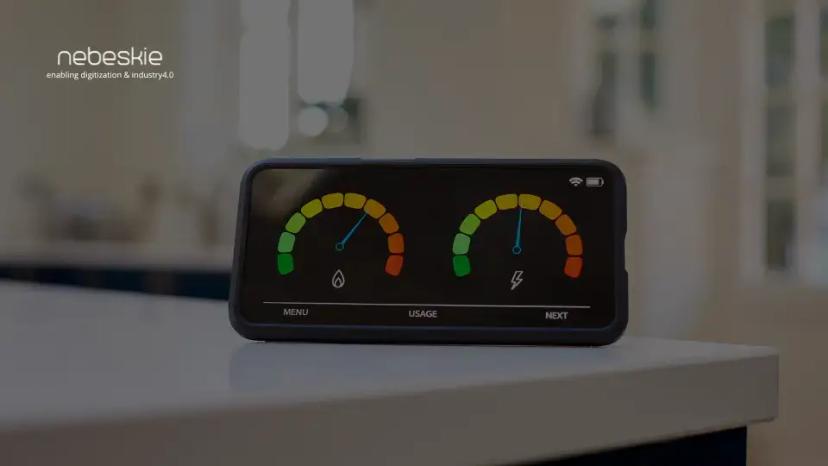
Dont Ignore Benchmarking
Energy monitoring has become one of the prime focus areas for almost all facilities across various sectors these days; implementing few energy-saving projects, realises the cost savings...

What are sustainable development goals and why it is important for humanity and mother earth?
According to the UN, The Sustainable Development Goals (SDGs) are the world’s shared plan to end severe poverty, reduce inequality, and protect the planet by 2030...
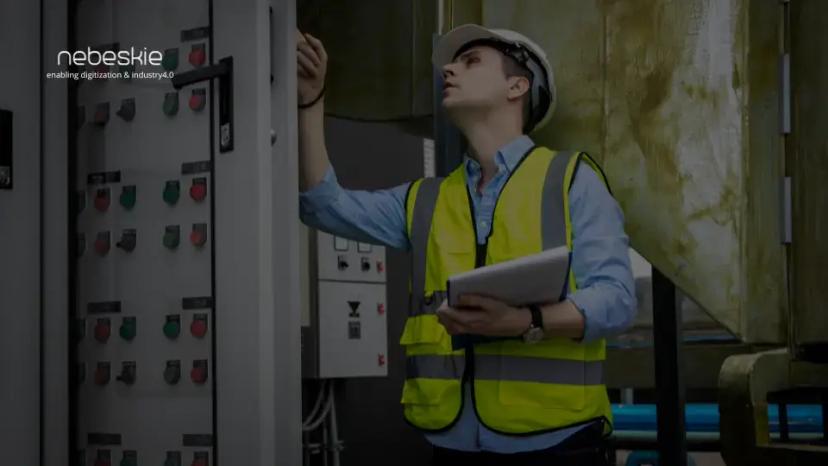
SCADA and IoT EMS
SCADA is an automation software & works with a short span of dense data for reliable operation. It consists of programmable control logic & is designed to achieve very advance...
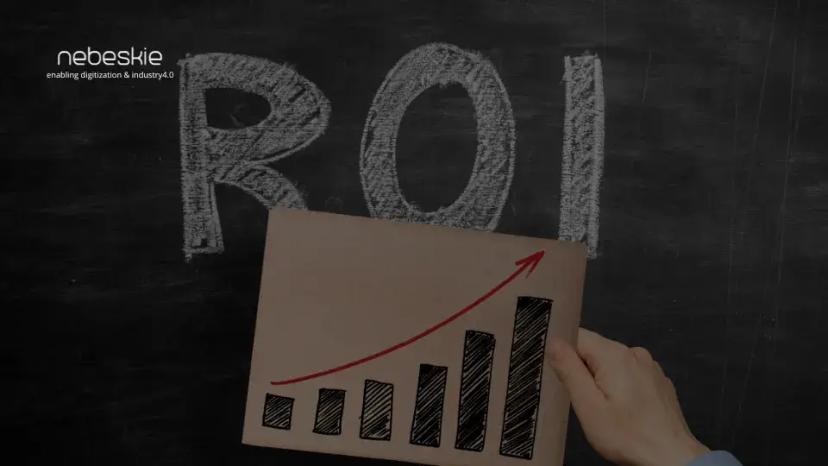
ROI for Smart Energy Monitoring Systems
For any energy-saving project to go through, ROI is the key, the same applies to deploying smart energy management systems; ROI depends on a smarter way of configuring...
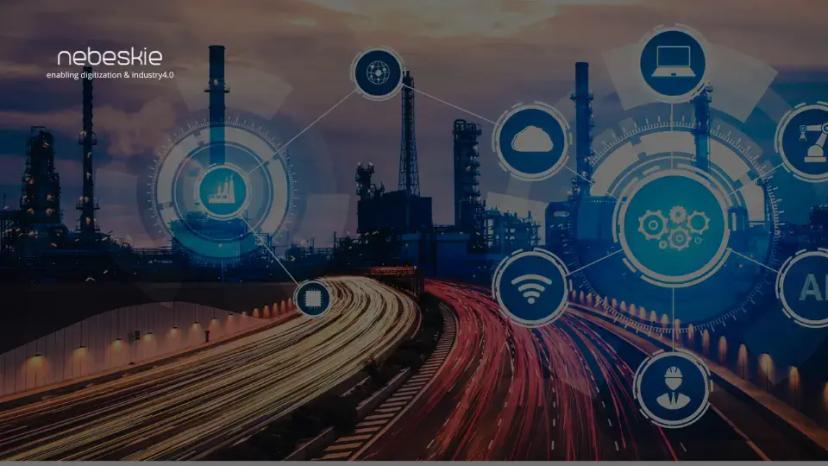
Industry 4.0 and How to implement it
Implementing Industry 4.0 into MSMEs can directly result in increased competitiveness with much bigger firms, improved productivity, better operational IT, cost reduction...
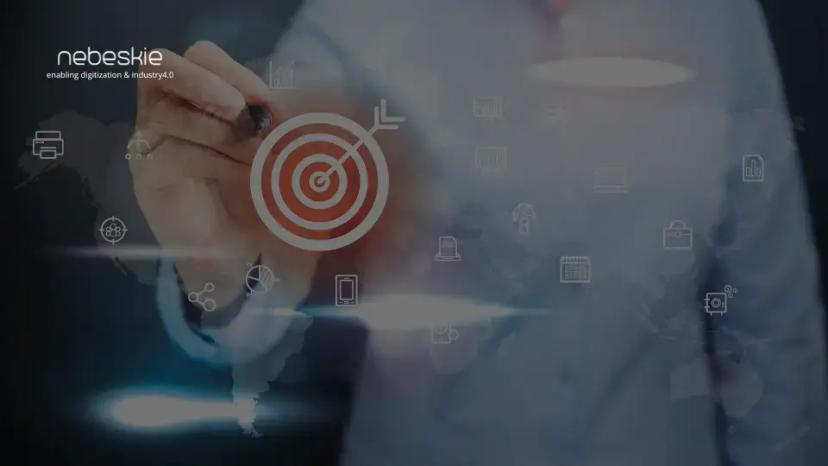
Energy Monitoring and Targeting
Energy Monitoring & Targeting(EM&T) is essential for industries & commercial buildings. It's globally proven energy monitoring alone leads to a significant amount of savings...
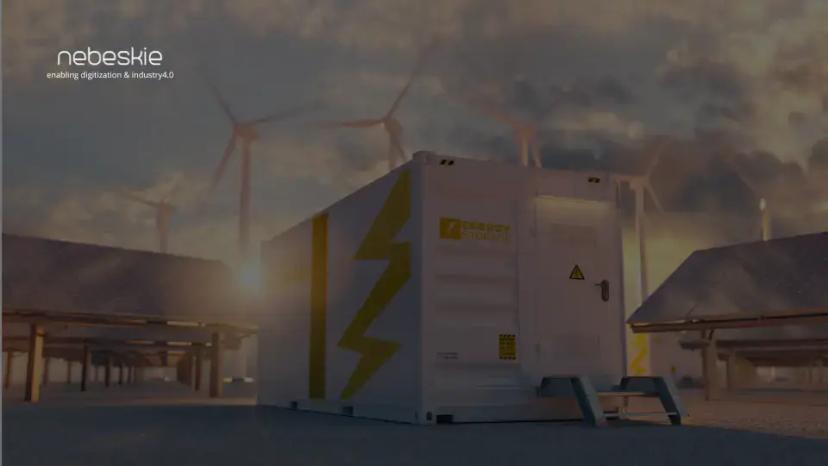
IoT Energy Management
Energy management is the process to plan & manage energy consumption in buildings. Monitoring energy data across the whole organization at a regular interval is a daunting task...
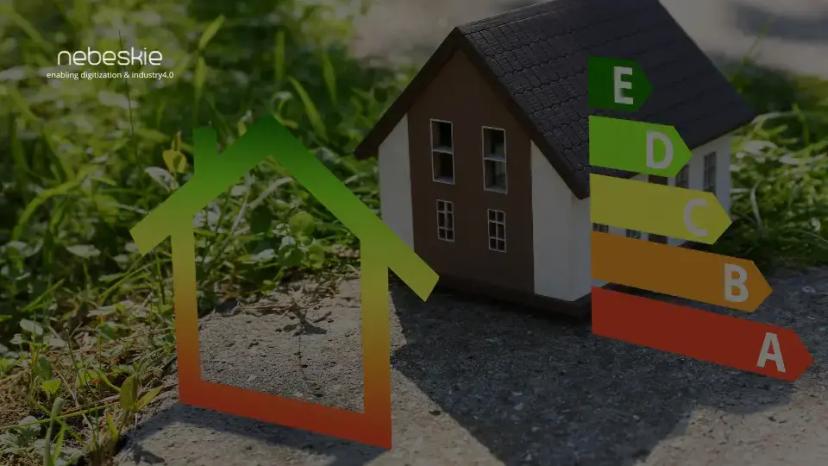
Specific Energy Consumption Report and Energy Monitoring Benefits
Energy Management System enables your facility and finance teams to identify excess energy use and empowers them to resolve the issue and save money...

Steps to revive MSMEs in the current times and build a turbulence-proof business (using DIP Strategy)
The main objective of digitizing factories is to enhance operational visibility with all stakeholders, optimize resource efficiency, productivity build with less cost...

How is NEBESKIE LABS redefining the Electricity Management & helping reduce electricity wastage for businesses in India?
The world is moving ahead with a vision to build sustainable cities of the future using advanced technologies...

